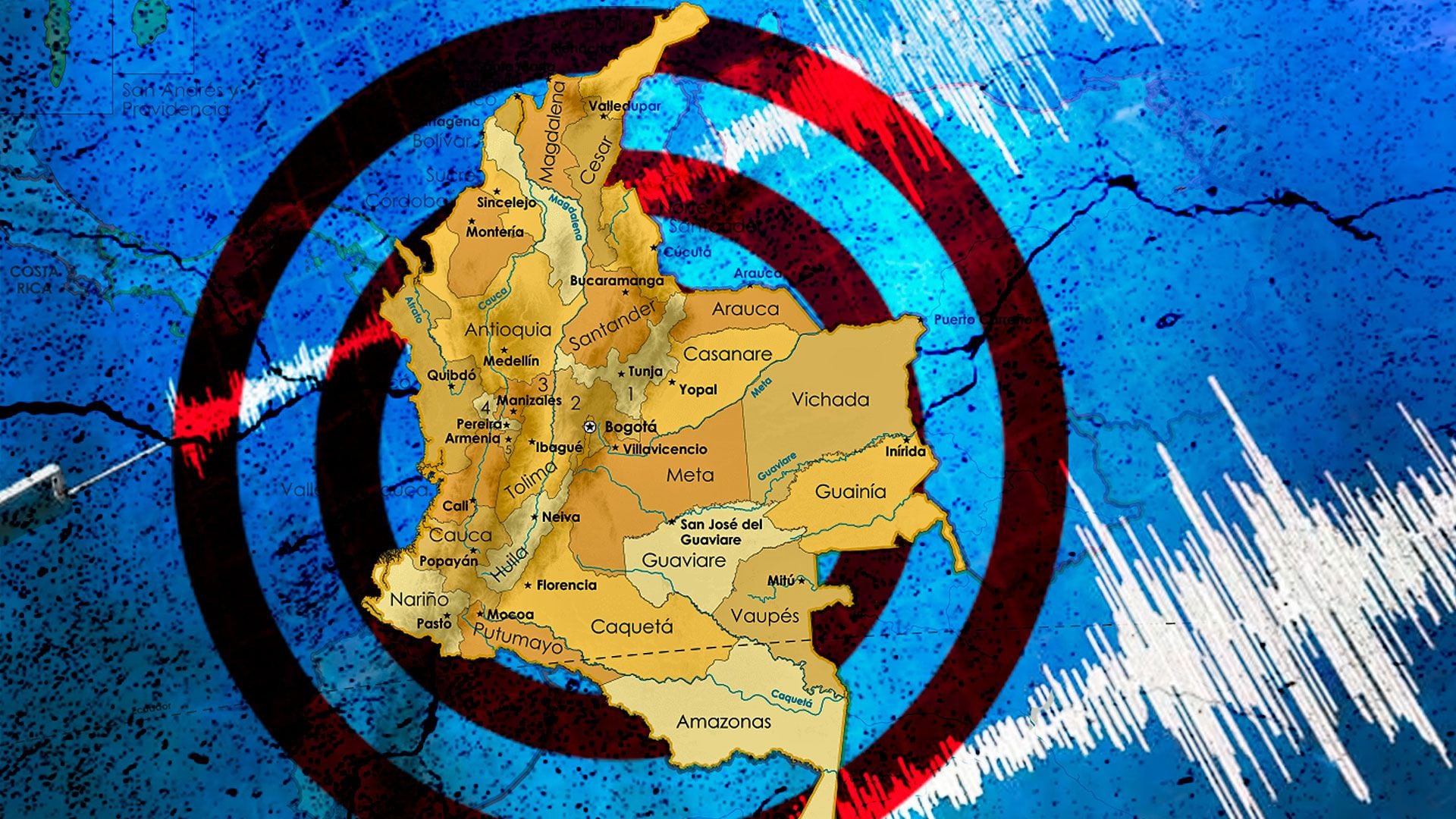
/colombia/2024/05/02/fuerte-temblor-sacudio-esta-madrugada-el-norte-de-colombia-este-fue-el-epicentro/
Relación entre calor y los sismos en Colombia
Según el Servicio Geológico Colombiano, se puede hablar de que hay 2.500 sismos al mes en todo el suelo colombiano, pero en el famoso nido Sísmico de Bucaramanga, hay temblores todos los días y hasta se registran el 60 % de todo el país en ese lugar. Algo que no depende de la alta temperatura que hace en ese lugar, ya que en ciudades y alrededores de Bogotá, Manizales, Tunja y Pasto se sienten temblores fuertes y sus temperaturas son mucho más bajas que las ya referenciadas en los municipios y ciudades santandereanas.
“Hasta ahora no existe evidencia científica que respalde esa creencia. Los sismos son el resultado de la dinámica en el interior de la Tierra, un fenómeno que ocurre en el subsuelo. El calor, por otro lado, es una sensación térmica generada por las dinámicas atmosféricas.”, afirma la autoridad geológica en Colombia.

